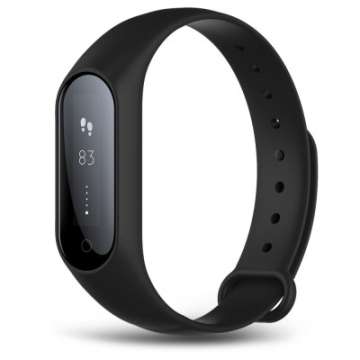In a first, an MIT engineer has developed a wristband which has a potential to recognise human emotions, the brain as well as behaviour, especially during seizures caused by epilepsy.
The wearable technology has an automated machine learning method that can detect compulsive seizures by combining measures of electrodermal activity on the wrist with measures of motion through a sweat response.
"The skin is purely innervated by the sympathetic branch of the autonomic nervous system," said Rosalind Picard, engineer and researcher at Massachusetts Institute of Technology (MIT).
Sympathetic activation occurs when experiencing excitement or stress, whether physical, emotional or cognitive.
"We can observe increases in sympathetic brain activation by monitoring subtle electrical changes across the surface of the skin," Picard added.
Seizures occur when there are abnormal, excessive or synchronous neuronal activity, and can cause convulsions evidenced by violent shaking and loss of control and consciousness.
When some regions of the brain, such as those involved with anxiety, pain, stress and memory are activated during a seizure, they can elicit patterns of electrical changes in the skin.
The wrist-worn detector is now more than 96 per cent accurate for detecting convulsive seizures.
While the researchers have not demonstrated detection of non-convulsive seizures, 42 percent to 86 percent of non-convulsive, complex partial seizures also have significant electrodermal responses, the researchers said, in the paper presented at the American Pain Society Annual Scientific Meeting in Pennsylvania.
In addition, other clinical applications for wristband electrodermal monitoring include anxiety, mood and stress monitoring and measuring analgesic responses.
"We know that pain exacerbates anxiety and stress and we are doing more studies to determine how reductions in anxiety and stress could indicate an analgesic response activated by a pain management therapy," Picard said.
(With IANS Inputs)

